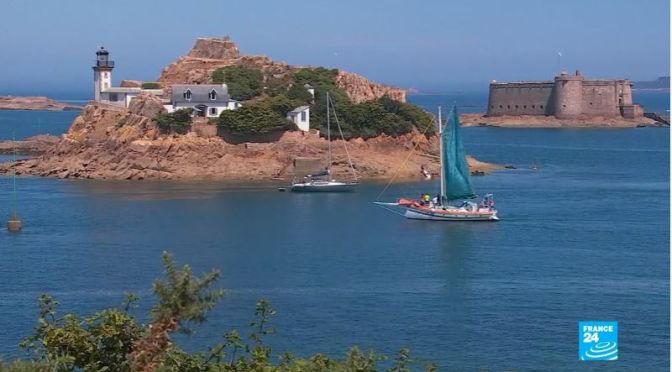We take you to discover the coastline of the French region of Brittany and its gems of natural beauty. With its 70-metre-high cliffs, the Cap Fréhel has some of the most dramatic scenery in the region. Further west, there are spectacular views over the Morlaix Bay, home to more than 60,000 seabirds. Out in the Atlantic, Ouessant is the last island before America. We end our journey at sunset at the Raz peninsula, looking out onto the Atlantic, at the tip of Europe.
Impressive and colourful landscapes, the scent of the moorlands, crashing waves and the call of seabirds: open your eyes, nostrils and ears! Looming above an emerald sea, the pink sandstone cliffs of the Cap d’Erquy headland are crowned by wild moorlands where the colours are ever-changing. The dazzling yellow of gorse flowers in spring is followed by violet heathers in summer. This nature reserve is home to a variety of plant species and is a haven for seabirds. Erquy is also a fishing-port, known for its scallops. Not far away, the majestic cliffs of Cap Fréhel provide one of the best views in Brittany. On a clear day, you can enjoy a panoramic view that stretches from the Cotentin Peninsula and Jersey all the way to Paimpol: it’s mind-blowing!



